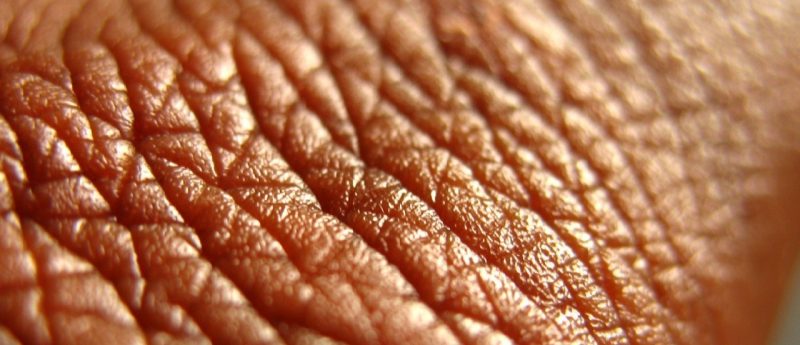Wearable skin sensors provide real-time measurements of electrolytes and metabolites in perspiration

A team of researchers at the University of California (Berkeley, USA) have developed wearable skin sensors that could provide real-time measurements of electrolytes and metabolites in perspiration as well as record perspiration rates. The team hope that these new sensors will be able to replace invasive methods such as drawing blood and provide real-time updates on health problems such as dehydration or fatigue.
The team collaborated with researchers at VTT Technical Research Center of Finland (Espoo, Finland) to develop a quick manufacturing process. The researchers explained that the sensors can be manufactured rapidly using a ‘roll-to-roll’ technique that prints the sensors onto a sheet of plastic, similar to screen printing.
“Roll-to-roll processing enables high-volume production of disposable patches at low cost,” Jussi Hiltunen from VTT explained. “Academic groups gain significant benefit from roll-to-roll technology when the number of test devices is not limiting the research. Additionally, up-scaled fabrication demonstrates the potential to apply the sweat-sensing concept in practical applications.”
The sensors were used on two groups of volunteers, the first group were encouraged to ride an exercise bike, whilst the second group experienced chemically induced perspiration. “The goal of the project is not just to make the sensors but start to do many subject studies and see what sweat tells us – I always say ‘decoding’ sweat composition,” commented senior author on the paper, Ali Javey (University of California). “For that we need sensors that are reliable, reproducible and that we can fabricate to scale so that we can put multiple sensors in different spots of the body and put them on many subjects,” added Javey.
The new sensors absorb sweat away from the skin using a spiralling microscopic tube or microfluidic. By tracking how fast sweat is moving through the microfluidic, the sensors can report an individual’s perspiration rate. There are also chemical sensors within the microfluidic that can detect the concentrations of electrolytes such as potassium and sodium, and metabolites like glucose.
To gain a better understanding of what sweat can tell us about the real-time health of the human body, researchers placed the sensors on various spots on the exercising volunteers’ bodies, such as on the forehead, underarm, forearm and lower back.
Researchers discovered that local sweat rate may indicate the body’s overall liquid loss during exercise, suggesting tracking perspiration has the potential to assess when athletes may be pushing themselves too hard in real-time.
“Traditionally, what people have done is they would collect sweat from the body for a certain amount of time and then analyze it,” commented Hnin Yin Yin Nyein (University of California), one of the lead authors on the paper. “So, you couldn’t really see the dynamic changes very well with good resolution. Using these wearable devices, we can now continuously collect data from different parts of the body, for example to understand how the local sweat loss can estimate whole-body fluid loss.”
Additionally, the sensors were used to compare glucose in chemically induced sweat with blood glucose levels in both healthy and diabetic patients. The findings suggest that a single sweat glucose measurement cannot necessarily indicate an individual’s blood glucose levels.
“There’s been a lot of hope that non-invasive sweat tests could replace blood-based measurements for diagnosing and monitoring diabetes, but we’ve shown that there isn’t a simple, universal correlation between sweat and blood glucose levels,” explained Mallika Bariya (University of California), the other lead author on the paper. “This is important for the community to know, so that going forward we focus on investigating individualized or multi-parameter correlations.”
Further studies with a larger sample size would be required to gain better understanding of how sweat composition is affected by a variety of factors such as age, body mass, diet and hydration status.
Sources: Nyein HYY, Bariya M, Kivimäki L, et al. Regional and correlative sweat analysis using high-throughput microfluidic sensing patches toward decoding sweat. Sci. Adv. doi:10.1126/sciadv.aaw9906 (2019)(Epub ahead of print); https://news.berkeley.edu/2019/08/16/wearable-sensors-detect-whats-in-your-sweat/






